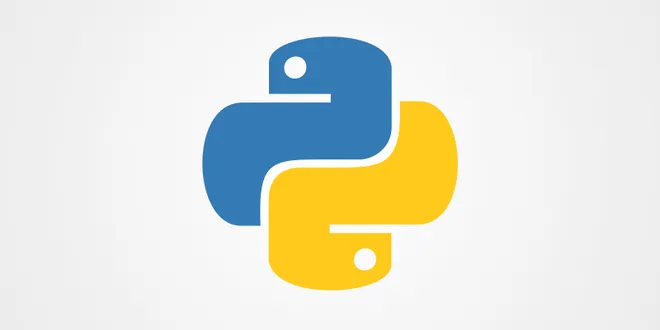Classes python
Classes in Python are a fundamental aspect of the object-oriented programming (OOP) paradigm, allowing developers to create reusable blueprints for objects. A class serves as a template that defines the properties (attributes) and behaviors (methods) of the objects created from it. By encapsulating data and functions, classes promote code organization and reusability, making it easier to manage complex programs. In Python, everything is an object, including classes themselves, which enhances the language’s flexibility and power. Understanding classes is essential for effective programming in Python, as they enable the modeling of real-world entities in code.

What is a class in Python?
Classes serve as the foundation for creating objects, which are the building blocks of any Python program. They enable programmers to model real-world entities in code, leading to more efficient, main...
📚 Read more at Python in Plain English🔎 Find similar documents

How to Use Classes in Python
Classes are a programming structure in Python that allows programmers to group related variables and functions into self-contained objects. Say for instance you have a car. The car has a steering…
📚 Read more at Python in Plain English🔎 Find similar documents

Introduction to Python Classes
Class is the most fundamental piece of Python. The reason lays behind the concept of object oriented programming. Everything in Python is an object such as integers, lists, dictionaries, functions…
📚 Read more at Towards Data Science🔎 Find similar documents

Python Classes
In the last part of the series, we learned about functions in Python. In this part, we will learn about class in Python. Python is an object-oriented programming language, and one of its most…
📚 Read more at Python in Plain English🔎 Find similar documents

Learn Python - Classes
Python is an Object Oriented Programming Language. Almost everything in Python is an object including its properties and methods. Classes are a user-defined blueprint from which objects can be…
📚 Read more at Python in Plain English🔎 Find similar documents

Python Classes in 3min: I wish I knew this earlier
Object-oriented programming (OOP) is a fundamental paradigm in modern software development, and Python’s implementation of classes provides developers with powerful tools for creating robust, maintain...
📚 Read more at Python in Plain English🔎 Find similar documents

9. Classes
Classes provide a means of bundling data and functionality together. Creating a new class creates a new type of object, allowing new instances of that type to be made. Each class instance can have att...
📚 Read more at The Python Tutorial🔎 Find similar documents

Classes in Python
Classes allow us to organize data and functions in a way that makes them easy to reuse and extend in the future. In this post, we will discuss the basics of building classes in python. To start…
📚 Read more at Towards Data Science🔎 Find similar documents

Python Class Inheritance
Classes and objects make up the core functionality of the python programming language. Classes provide a convenient way to organize attributes (data) and methods (functions that act on data). An…
📚 Read more at Towards Data Science🔎 Find similar documents

An Introduction to Python Classes
Python is an object-oriented programming (OOP) language. An object is simply a collection of data (variables) and methods (functions) that act on those data. Similarly, a class is a blueprint for…
📚 Read more at Python in Plain English🔎 Find similar documents

An Introduction to Classes in Python for Beginners
Python is an object-oriented programming language. Almost everything in Python is an object, with its properties and methods. A class is like an object constructor or a “blueprint” for creating…
📚 Read more at Python in Plain English🔎 Find similar documents

Classes
Iterators are the “secret sauce” of Python 3. They’re everywhere, underlying everything, always just out of sight. Comprehensions are just a simple form of iterators . Generators are just a simple for...
📚 Read more at Dive into Python 3🔎 Find similar documents

